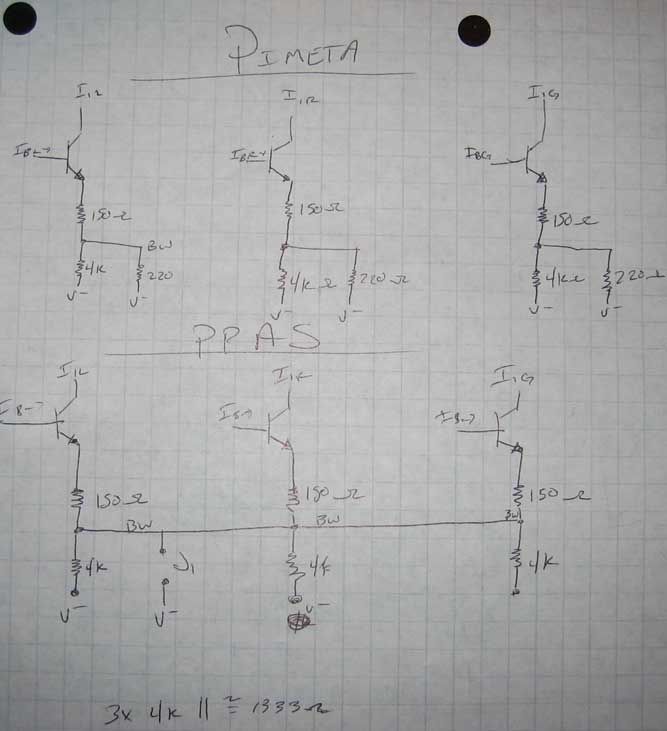First things first..
the discrete buffer board and HA3-5002 adaptors *will* be made, but its been put off for a while now, and that may continue for a bit.. I cant possibly see enough demand to justify a group buy (nor do i have the time at the moment to organize one.. if anyone would like to gather interest and start one, I'll help) but I will likely order a panel (2ft x 1ft) through one of the PCB sponsors and I'll include these boards as part of the panel. I'll have to depanelize manually (therefore it'll be a pain..) and I'm trying to decrease the time spent on my part
Cliff notes version of that - Yes, but not now.
Secondly..
Quicksilver - watch out with the LMH6321 for shorts.. if even a slight short happens on the output, the LMH may die .. (of course the datasheet sayd the LMH dies from thermal overload when shorted.. ) I've not yet had the time to try the LMH6321 config again, but I will this weekend.
Thirdly ..
Bandwith - Quicksilver is correct, the bandwith is increased absent any resistor on jumper =p for the case where J1 is left open, its equivalent to having a 2k resistor on the pimeta. the bandwith there is *decent* and should allow high speed opamps to run without problem. If one really wanted to save up on battery, they could cut the bandwith traces.. but then why are you building a PPAS?
Basically the formula for determining the parallel resistor value is (1/2+1/R)^-1 which gives the equivalent resistor value in the pimeta.
Ozshadow - those opamp you said will work on the LR channel in closed loop mode, but dont try em on ground. those are opamps, not buffers (key difference). High output buffers that I know of are LMH6321, some current feedback types from National, HA3-5002,BUF634. you can also use high current opamps like OPA551.





